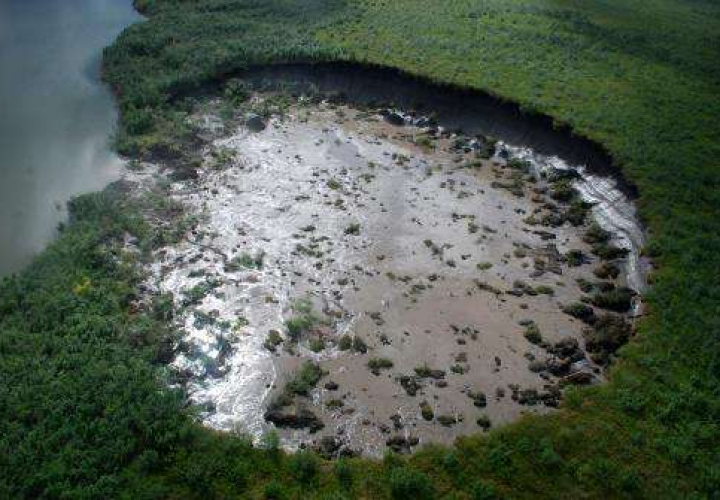
Nairobi ravaged by flash floods: Poor drainage infrastructure or just another climate crisis
Nairobi is being pounded and ravaged by a series of flooding catastrophes which has made it make headlines across mainstream media remotely and across the globe and the topic never seems to end.
The downpours have caused flash floods that have displaced many from their homes, claimed innocent lives of a few, caused many businesses to incur major losses, disrupting the mobility of residents out to make ends meet. This is due to a dam collapse in western Kenya, Mahi Mahiu Rift Valley region, which spilled downstream, sweeping out everything it could find. This is further festered by blockages caused by plastic waste disposal in flash floods drainage systems. But are we really in control of such natural disasters? No!! Does the government have any role to play in it? Partly yes!
Since early 2023 many countries across the globe have been reported to experience heavy rains that caused serious flash floods i.e. Yemen, Guinea, Indonesia, UAE, Libya, Oman, Tanzania with Kenya experiencing short rains from October to December. Many of the countries mentioned above are compounded by flash floods due to frequent heavy rains that have stretched to date.
Dubai, Japan, Oman, China weeks earlier (from April 14th 2024) experienced unprecedented flash floods and Kenya just joined the wave unfortunately with death tolls surging to a whole different scale. A few IFRC employees are overwhelmed by the impact these flash floods have created and have affirmed that the current flash floods experienced from April across East Africa (Kenya, Tanzania, Ethiopia, and Somalia) is unprecedented and extreme, something they have never lived to experience in their entire humanitarian career.
Is Climate Change an underlying cause? Yes! As the world become warmer, precipitation increases, making heavy rainfall a more frequent reality. And because many countries are warming up beyond unimaginable rate due to excessive bulk of Carbon dioxide. But According to NASA Goddard Institute for Space Studies, the regions being hit the hardest by climate change are not the ones that emit the largest amount of planet-warming pollutants.
The bulk of the emissions have come from the industrial Western nations and the bulk of the impacts are happening in places that don't have good infrastructure, that are less prepared for weather extremes and have no real ways to manage it. Despite most countries within the African landscape being low carbon emitters and climate change enablers, the flash floods and extreme rainfall seem to affect them disproportionately. Should western climate change perpetrators be called out and brought to book regarding this? Well… possibly, but the world works differently!! Sadly!!
Are early warning systems enough in responding to disasters like flash floods? No!! In the context of flash floods, early warning systems aren’t effective. Additionally, the drainage infrastructures aren't robust enough in responding to such weather extremes. The MET department have tenaciously been rolling out warnings on heavy rains expected in different parts of the country week after week, but the government turned a dead ear making none to zero efforts in structuring proper strategies to help increase and strengthen responding capacity of these potentially affected regions in cases of flash floods.
What Nairobi and other identified flood-prone areas need to implement that seem quite lacking looking at the status quo.
- Retention basin: These are artificial wetlands created to prevent flooding by managing stormwater runoffs. Nairobi relies on rivers flowing across it to redirect storm water runoffs, but these rivers are breaking their banks open, causing further destruction on people and properties around it. More retention basins should be created to help collect as much water draining across the city.
- Revamping drainage system designs and tailoring it to exigent drainage issues experienced within the City.
- Strict waste disposal policies should be imposed to curb blockages when flash floods occurs.
- Apple-converted-space should try to fund and promote sustainable urban planning projects to help combat flooding issues with the city.
- Building drainage ditches along highways to control mobility of vehicles and other transport systems.
As the country continues to be pounded by heavy rains and cyclones, flood-prone areas are becoming more vulnerable to responding to its disproportionate effects day by day. The prevalence in flood cases experienced remotely should be an eye-opener to citizens to always stay vigilant to early warning flood directives and try to avoid evacuate from flood-prone areas, prospective homeowners to integrate effective drainage systems to curb flooding and the government to work around the clock to create sustainable urban planning designs that have a long-term lens in addressing flood risks.





